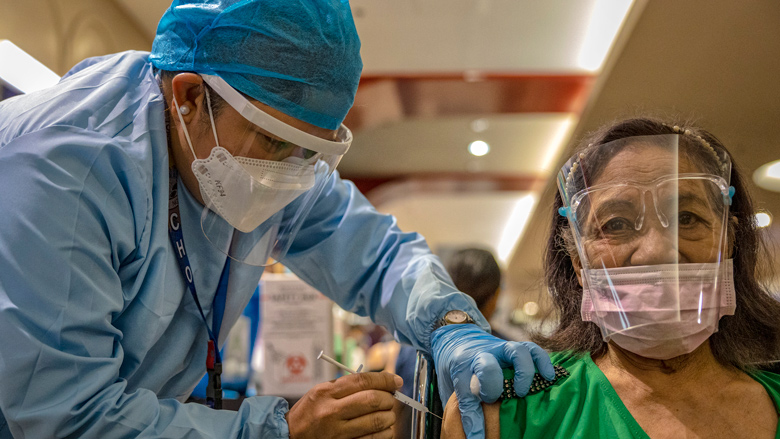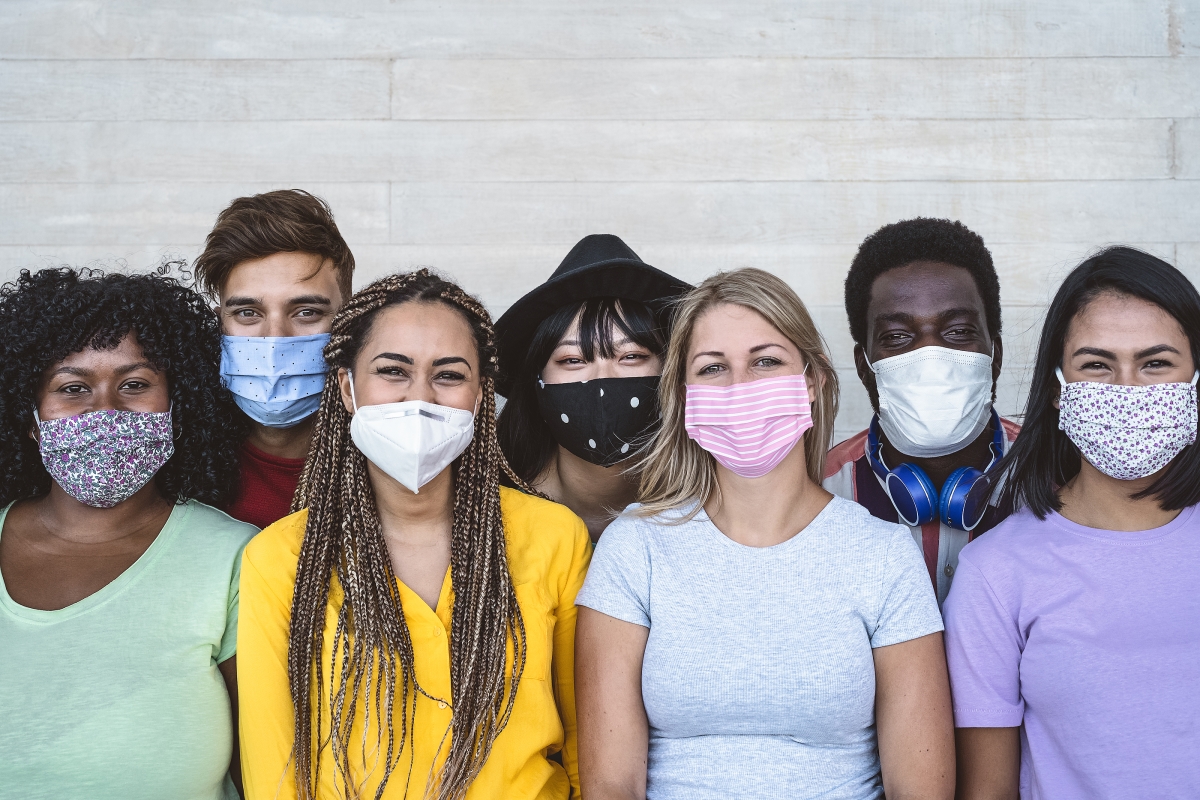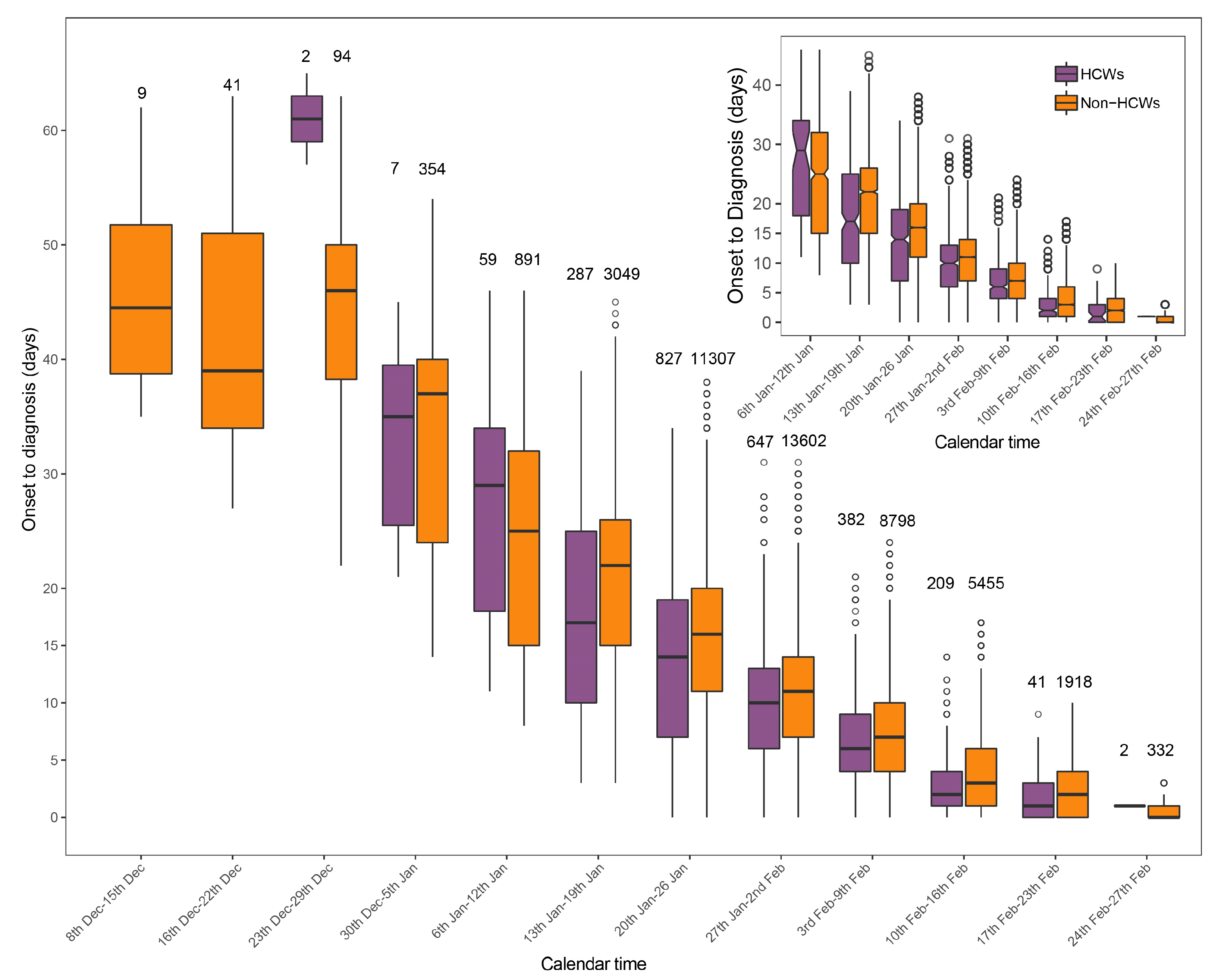COVID-19, also known as the novel coronavirus disease, emerged as a global health crisis in late 2019 and continues to impact the world profoundly. It was first identified in December 2019 in the city of Wuhan, Hubei province, China, and has since become a global pandemic. In this essay, we will delve into the various aspects of COVID-19, including its nature, causes, symptoms, prevention strategies, management approaches, epidemiology, and the wide-ranging social, economic, and political impacts it has had.

Early Outbreak in Wuhan, China (Late 2019 – Early 2020):
- The first cases of COVID-19 were reported in December 2019 in the city of Wuhan, located in Hubei province, China.
- The initial cases were linked to a seafood market in Wuhan, which was later closed for investigation.
- The virus quickly spread within China and to other countries, leading to the World Health Organization (WHO) declaring it a Public Health Emergency of International Concern on January 30, 2020.
Global Spread and Pandemic Declaration (February – March 2020):
- The virus spread to numerous countries around the world, leading to widespread transmission.
- On March 11, 2020, the WHO declared COVID-19 a pandemic due to its global reach and impact.
Lockdowns and Mitigation Measures (March – May 2020):
- Many countries implemented strict lockdowns, travel restrictions, and quarantine measures to slow the spread of the virus and prevent overwhelming healthcare systems.
- Economic and social disruptions were widespread as businesses closed, travel halted, and public gatherings were restricted.
Research and Vaccine Development (2020 – 2021):
- Scientists around the world collaborated to study the virus, understand its transmission, and develop treatments and vaccines.
- Multiple vaccines underwent accelerated development and testing, with some receiving emergency use authorization by late 2020.
Vaccine Rollout and Variants (Late 2020 – 2021):
- Vaccination campaigns began in various countries, prioritizing healthcare workers and high-risk populations.
- New variants of the virus emerged, some of which were more transmissible. Vaccination strategies had to adapt to these changes.
Continued Waves and Recovery (2021 – 2023):
- Many countries experienced waves of infections despite vaccination efforts, with the virus still causing illness and death.
- Vaccination played a crucial role in reducing severe cases and deaths in areas with high vaccine coverage.
- Efforts continued to balance public health measures, vaccination, and economic recovery
Understanding COVID-19
COVID-19 is an infectious disease caused by the severe acute respiratory syndrome coronavirus 2 . It primarily spreads through respiratory droplets when an infected person coughs, sneezes, or talks. The virus can also be transmitted by touching contaminated surfaces and then touching the face.
Causes and Transmission
The primary cause of COVID-19 is the SARS-CoV-2 virus. The virus is zoonotic, meaning it likely originated in animals before spilling over to humans. The exact source of the virus is still under investigation, but it is believed to have originated from a seafood market in Wuhan, China. Human-to-human transmission occurs through close contact with infected individuals or exposure to respiratory droplets. Bats are considered a natural reservoir for many coronaviruses. It is possible that an intermediate animal host played a role in transmitting the virus to humans, although the specific animal has not been confirmed.
Once the virus was introduced to humans, it started to spread from person to person through respiratory droplets when an infected individual coughs, sneezes, talks, or breathes
- Direct touch:
The most common way for the virus to spread is through direct touch with an infected individual. Living with, caring for, or having direct physical touch with an infected person for an extended length of time are examples of close contact, which is defined as being within 6 feet (2 meters) of them.
- Droplets:
Respiratory droplets carrying the virus can be discharged into the air when an infected person exhales, coughs, sneezes, speaks, or even breathes hard. People nearby the affected individual may then inhale these droplets, spreading the virus to them.
- Aerosol Transmission:
Under some conditions, notably in stuffy, poorly ventilated confined rooms, tiny respiratory droplets harboring the virus can hang in the air for extended periods of time and travel further. This may result to inhalation of the virus by individuals who are further away from the infected person.
- Contacting surfaces or items contaminated with respiratory droplets:
Contacting surfaces or items contaminated with respiratory droplets from an infected person and then contacting the face, mouth, or eyes can also spread the virus. Since the virus does not persist on surfaces for very long, direct person-to-person contact is thought to be the major cause of infection. This is not, however, the principal mechanism of transmission.
- Asymptomatic Transmission:
It is crucial to remember that SARS-CoV-2 infected people can spread the virus to others even if they are asymptomatic or pre-symptomatic (having no symptoms). This makes it difficult to locate the infection and stop its transmission.
Symptoms and Severity :
Common symptoms of COVID-19 include
- fever
- cough
- fatigue
- body aches
- sore throat
- loss of taste or smell, and respiratory difficulties.
While most cases are mild to moderate, some individuals experience severe illness, particularly those with underlying health conditions or older age. Severe cases can lead to pneumonia, acute respiratory distress syndrome (ARDS), organ failure, and, in some cases, death.
Prevention Strategies
- Vaccination: COVID-19 vaccines have been developed and approved worldwide, providing a critical tool in reducing the transmission and severity of the disease.

- Personal Hygiene: In order to lessen transmission, it’s important to regularly wash your hands, use hand sanitizers, and follow respiratory etiquette (covering your mouth and nose with a tissue or your elbow while coughing or sneezing).Wash your hands frequently with soap and water for at least 20 seconds, especially before eating, after using the restroom, and after being in public places. If soap and water are not readily available, use hand sanitizer with at least 60% alcohol. Avoid touching your face, particularly your eyes, nose, and mouth, with unwashed hands.
- Physical Distancing: Maintaining a safe distance (at least 1-2 meters) from others helps minimize the risk of exposure, particularly in crowded places.
- Face Masks: Wearing face masks in public settings can significantly reduce the transmission of respiratory droplets.

- Environmental Measures: Regular disinfection of frequently touched surfaces and proper ventilation in enclosed spaces are important preventive measures.
Management and Treatment :
- Testing and Diagnosis: Rapid and accurate testing helps identify infected individuals, enabling timely isolation and contact tracing.

- Medical Care: Symptomatic individuals may require medical interventions such as supplemental oxygen, antiviral drugs, and supportive care.
- Hospital Capacity: Ensuring sufficient hospital beds, equipment, and healthcare professionals is crucial to manage the increasing number of severe cases.
- Public Health Measures: Implementing public health interventions, including lockdowns, travel restrictions, and quarantine measures, can help control the spread of the virus.


6. Epidemiology : COVID-19 has rapidly spread across the globe. As of the time of writing, there have been millions of confirmed cases and significant mortality rates worldwide. The disease has affected different countries and regions to varying degrees, influenced by factors such as population density, healthcare infrastructure, adherence to preventive measures, and testing capabilities
The pandemic has disrupted daily life, leading to job losses, closure of schools and businesses, and restricted social interactions. It has also had a disproportionate impact on vulnerable populations, exacerbating inequalities.
Social Impact of Covid 19
The COVID-19 outbreak continues to have an impact on populations, including those living in poverty, the elderly, people with disabilities, children, and indigenous peoples. It is particularly harmful to those individuals who belong to the social groups that are most at risk. Early data suggests that the poor are disproportionately bearing the costs of the virus’s effects on their health and economy. For instance, homeless individuals are more vulnerable to the threat of the virus since they may not be able to find a secure place to stay. Those without access to running water, refugees, migrants, or those who have been forcibly removed from their homes stand to suffer disproportionately from the epidemic and its aftermath since they will have less freedom to move about, less job possibilities, more xenophobia, etc.
The social crisis brought on by the COVID-19 epidemic may, in the medium and long terms, worsen inequality, exclusion, discrimination, and worldwide unemployment if it is not effectively handled via legislation. When comprehensive, universal social protection mechanisms are in place, they automatically stabilize the economy, safeguarding employees and lowering the occurrence of poverty. They do this by guaranteeing a basic income at all times, which improves people’s ability to deal with and recover from shocks.
Economic Impact of Covid 19
 Global economic slump brought on by COVID-19 has had a significant impact on the tourism, hotel, and retail sectors. To lessen the impact on the economy, governments have enacted fiscal policies and stimulus packages. In addition to placing a significant strain on healthcare systems, COVID-19 has had significant economic ramifications for the afflicted nations. The COVID-19 pandemic has had a direct impact on revenue due to early fatalities, decreased productivity, and workplace absenteeism. It has also generated a negative supply shock, with manufacturing activity slowing down as a result of supply chain disruptions throughout the world and factory closures. The COVID-19 spread’s effects have had a significant influence on international financial markets. Globally speaking, the number of instances began to rise, mostly due to the US, Italy, Spain, Germany, France, Iran, and South Korea.
Global economic slump brought on by COVID-19 has had a significant impact on the tourism, hotel, and retail sectors. To lessen the impact on the economy, governments have enacted fiscal policies and stimulus packages. In addition to placing a significant strain on healthcare systems, COVID-19 has had significant economic ramifications for the afflicted nations. The COVID-19 pandemic has had a direct impact on revenue due to early fatalities, decreased productivity, and workplace absenteeism. It has also generated a negative supply shock, with manufacturing activity slowing down as a result of supply chain disruptions throughout the world and factory closures. The COVID-19 spread’s effects have had a significant influence on international financial markets. Globally speaking, the number of instances began to rise, mostly due to the US, Italy, Spain, Germany, France, Iran, and South Korea.
Political Impact of Covid 19
The epidemic has put the world’s governments’ skills for governance and crisis management to the test. It has brought attention to the necessity of global collaboration and well-planned actions to effectively tackle the illness. The pandemic has had a substantial effect on the travel, lodging, and retail industries as a result of the COVID-19-induced global economic downturn. Governments have introduced fiscal policies and stimulus packages to mitigate the impact on the economy.COVID-19 has had major economic effects for the affected countries in addition to exerting a significant burden on healthcare systems. Due of early deaths, poor productivity, and job absenteeism, the COVID-19 epidemic has directly affected income. As a result of supply chain interruptions across the board, manufacturing activity has slowed down, creating a negative supply shock.
